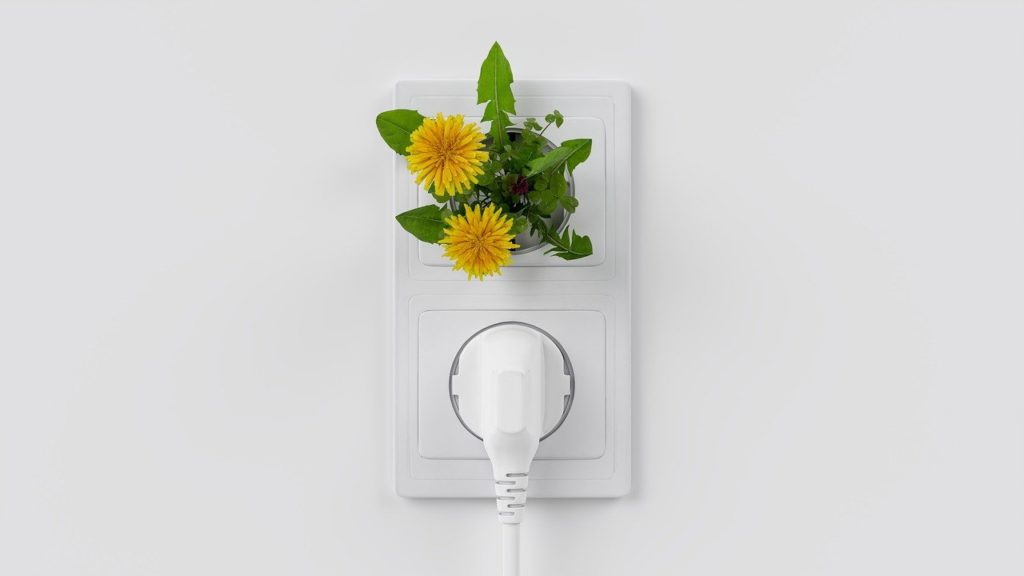Running a dehydrator is not as expensive as you might think. In fact, these compact electric appliances are made to run for hours at a time and still be economical. They are most certainly more energy-efficient and cost-effective to run than ovens. Using an eternal fan and heat source, dehydrators dry foods by extracting moisture content. It is a great way to minimize food wastage and cut food bills. So is a dehydrator expensive to run? It would most certainly be counter-intuitive to pay through your nose for electricity while trying to save costs elsewhere. Let’s have a closer look at whether dehydrators really have cost-saving benefits.
Factors that influence the cost of running a dehydrator.

Dehydrators differ in size and capacity. As a general rule of thumb, the higher the wattage, the faster the drying time will be, all other variables being equal. Higher wattage also means higher energy consumption. Conversely, lower wattage models may need a longer drying cycle but consume less electricity. In the end, the differences are negligible. The most important factor to consider when thinking about electricity bills is your dehydrator goals. If you are drying a large amount of food frequently, investing in a premium food dehydrator like the Excalibur, with energy-efficient and advanced features makes sense. A dehydrator will become expensive to run if you have a low-wattage machine with little or no advanced features and a whole lot of food to dry on a regular basis. The following factors greatly influence energy consumption. Making adjustments to a number of these variables can have a significant impact on saving costs.
- The size (capacity) of the dehydrator.
- The power output (Wattage) of the machine.
- Energy-efficient features that turn the fan and heater off periodically while retaining heat, conserving electricity.
- Temperature control settings (adjustable thermostat).
- Surrounding temperature and humidity.
- The number of trays in use (the number of ingredients being dried).
- The size and thickness of the food.
- The selected drying temperature.
- Hours needed to dry food (the moisture content of the food).
- Cost of electricity.
Costs to help determine if a dehydrator is expensive to run.
At the time of writing, the average price of electricity for residential consumers in the United States is 13.31 cents per kWh. Running a food dehydrator can cost anything between $0.05 and $0.15 per hour, based on the current average kWh rate of 13.31 cents. A 24-hour drying time would therefore approximately cost between $1.2 and $3.6.
You can work out the cost of running a dehydrator in just two steps.
Step 1
(Machine Wattage x drying hours needed) / 1000 = Kilowatt per hour (kWh) consumption
Step 2
Multiply the kWh by the cost per kWh in your state or area
Cost = kWh x cost per kWh
EXAMPLE:
If you live in a state or area with an electricity consumption rate of 13.31 cents per kWh, and you
want to determine the cost of running a 600 Watt dehydrator for 24 hours, this is what you do:
(600 Watt X 24 hours) / 1000 = 14.4 kWh
14.4 kWh X $0.13 = $ 1.8
The table below is based on a 12 hour dehydration time at a cost of 13.31 cents.
| Wattage | Time (hours) | kWh | Total Cost |
| 1000 | 12 | 0.13$ | $ 1.56 |
| 750 | 12 | 0.13$ | $ 1.17 |
| 500 | 12 | 0.13$ | $ 0.78 |
| 300 | 12 | 0.13$ | $ 0.46 |
The table above shows us that even the most consuming dehydrator won’t cost more than a few dollars to run for a day or two. Dehydrators wouldn’t be a viable option if they were expensive to run since they’re supposed to run for such a long time.
Last thoughts on the cost of running a dehydrator.
When it comes to saving food and minimizing waste, dehydrators make a lot of sense. As the above cost calculations show, a dehydrator is not expensive to run at all. These appliances would just not be a viable option for most people if they were expensive to run, especially since drying food sometimes require a long overnight cycle. A dehydrator can be a very useful appliance when utilized effectively. It is good to know what your goals are at the outset when choosing a dehydrator. A well-built dehydrator with an adjustable thermostat, removable trays, excellent airflow, and ample wattage will be more energy efficient in the long run. The Excalibur for example runs at an average of just 4 cents per hour. If you are concerned about the cost of electricity, it will help you to choose a dehydrator with cost-saving features.
For up-to-date electricity rates visit ELECTRIC CHOICE.
Others enjoyed these too:
Are dehydrator trays dishwasher safe?
Can you use a food dehydrator to dry fondant?
Do food dehydrators kill bacteria?
Can you use a dehydrator to dry seeds?
This is how you dehydrate fruit quickly.
Disclaimer and Cautionary Note: Sunny Life Mag is a digital magazine for entertainment. The contents of this website are for informational and entertainment purposes only and do not constitute expert advice. Not any of the products recommended in the articles have been independently tested for safety. Report all health and safety issues related to the products mentioned in articles to the manufacturer directly.
Affiliate Disclosure: Some of the links that appear on this site are affiliate links. We may receive a small commission when you make a purchase. These commissions help to improve this site and to fund further research. The buyer does not pay any commission whatsoever but is an arrangement between the supplier and this site. Our selection of products is carefully curated and includes only those products we believe in.
Photo by Karolina Grabowska from Pexels




